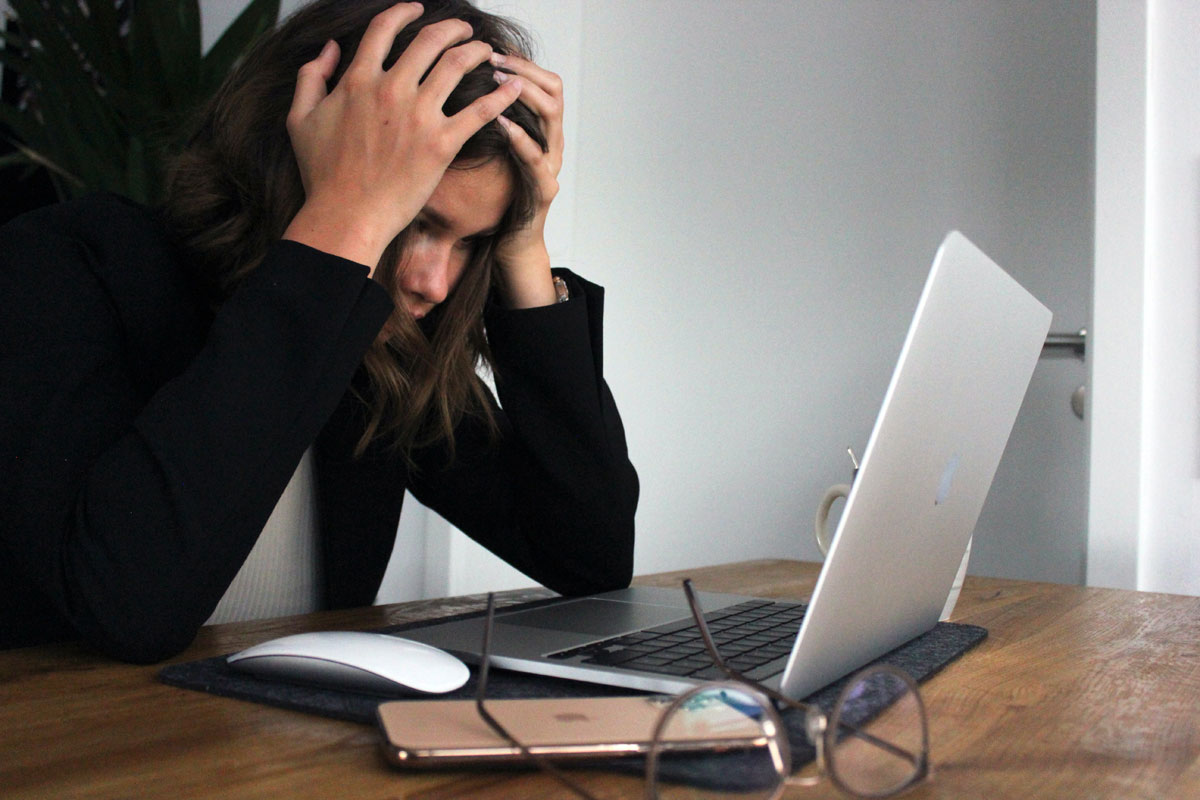Headaches

Headaches are chronic in the corporate world. When I sampled 500 experienced workers, I found that 90% have recurring daily headaches. The most common response- take a pain killer. And although this may bring temporary relief, it will not change the cause but only treat the symptom. So, what are the causes? They can vary, but often are attributed to stress, poor ergonomics, lack of movement, and dehydration. So, what should you do when you have a headache? 1st, drink a big glass of water. When you are dehydrated, your brain can shrink and pull away from the skull because your brain tissue loses water. This triggers pain receptors surrounding the brain and causes your blood volume to drop which in turn lowers the flow of blood and oxygen to the brain. Pain is the body’s way of saying pay attention to me. When dehydration is coupled with poor ergonomics, it’s the perfect recipe for pain. Lack of blood flow and long held positions, it’s the perfect storm. And let’s be honest, when you have a headache, how do you interact with clients, other team members, and personal relationships?
Here are some easy steps to reduce headaches:
- Keep a bottle of water easily accessible. Continually drink all day. Not only will this diminish dehydration, but it will also encourage you to get up and move more often to empty your bladder. (That’s a win/win situation.)
- Change your ergonomics. Make sure you are not hunched over your computer screen all day.
- Move. I suggest every 45min for 2min to simply move the body in some way. If you can’t remember, set a reminder in your calendar.
- Self-care massages. Here are some easy ones to do:
 This self-care massage is good for headaches which feel they are on the side of the head or around the eye or eyebrows. Turn your head to the side and find the muscle that protrudes from the inside edge of your collarbone near your throat. It is called the sternocleidomastoid, or SCM for short. Bring your thumb and forefinger to each side, bring your head back center, and massage up and down this muscle. You may feel some referral pain to the side of your head. Don’t worry. This is just a signal to do this massage more often. Repeat both sides.
This self-care massage is good for headaches which feel they are on the side of the head or around the eye or eyebrows. Turn your head to the side and find the muscle that protrudes from the inside edge of your collarbone near your throat. It is called the sternocleidomastoid, or SCM for short. Bring your thumb and forefinger to each side, bring your head back center, and massage up and down this muscle. You may feel some referral pain to the side of your head. Don’t worry. This is just a signal to do this massage more often. Repeat both sides.
 This stretch is good for pain on the top of the shoulders or the neck. When these muscles are tight, it will often be mistaken for a sinus headache. Inhale, bring one hand to the top of the head, exhale extend opposite arm toward the ground at a 45-degree angle. Hold for about 10 seconds. Inhale, and then keeping ear to shoulder, exhale and release the hand from the head. With tiny micro movements, bring your chin to your chest, your shoulder, look up just a bit, until you find that place that you can really feel a deep stretch. (Remember, no pain. Simply, ouch, that feels really good.) Hold for 10 seconds. If you want to go a bit farther, slowly open your jaw as wide as it will go and stick out your tongue. Observe how all these muscles are connected. Hold for 10 seconds. Inhale, and as you slowly exhale, come to center. Repeat opposite side.
This stretch is good for pain on the top of the shoulders or the neck. When these muscles are tight, it will often be mistaken for a sinus headache. Inhale, bring one hand to the top of the head, exhale extend opposite arm toward the ground at a 45-degree angle. Hold for about 10 seconds. Inhale, and then keeping ear to shoulder, exhale and release the hand from the head. With tiny micro movements, bring your chin to your chest, your shoulder, look up just a bit, until you find that place that you can really feel a deep stretch. (Remember, no pain. Simply, ouch, that feels really good.) Hold for 10 seconds. If you want to go a bit farther, slowly open your jaw as wide as it will go and stick out your tongue. Observe how all these muscles are connected. Hold for 10 seconds. Inhale, and as you slowly exhale, come to center. Repeat opposite side.
 This massage is targeted towards the muscles that attach to the occipital ridge. These are the muscles that go into an energy crisis when you are continually looking down at a computer. These muscles are called upon to cling to a 15-20lb weight, the average weight of a head. Often these headaches are thought to be migraines. However, unless you are sensitive to light, and/or vomiting, it’s most likely not a migraine, but the body desperately calling attention to being used incorrectly. To do, take your pointer finger and your middle finger to the place where your neck meets the base of your skull. Begin massage along the line coming forward to just under your ears. Then follow the base of the head back to center. Repeat and enjoy.
This massage is targeted towards the muscles that attach to the occipital ridge. These are the muscles that go into an energy crisis when you are continually looking down at a computer. These muscles are called upon to cling to a 15-20lb weight, the average weight of a head. Often these headaches are thought to be migraines. However, unless you are sensitive to light, and/or vomiting, it’s most likely not a migraine, but the body desperately calling attention to being used incorrectly. To do, take your pointer finger and your middle finger to the place where your neck meets the base of your skull. Begin massage along the line coming forward to just under your ears. Then follow the base of the head back to center. Repeat and enjoy.
I guarantee that by following these few lines of advice, (change ergonomics, drink water, self-care massage) you can drastically reduce headaches and improve your well-being.
